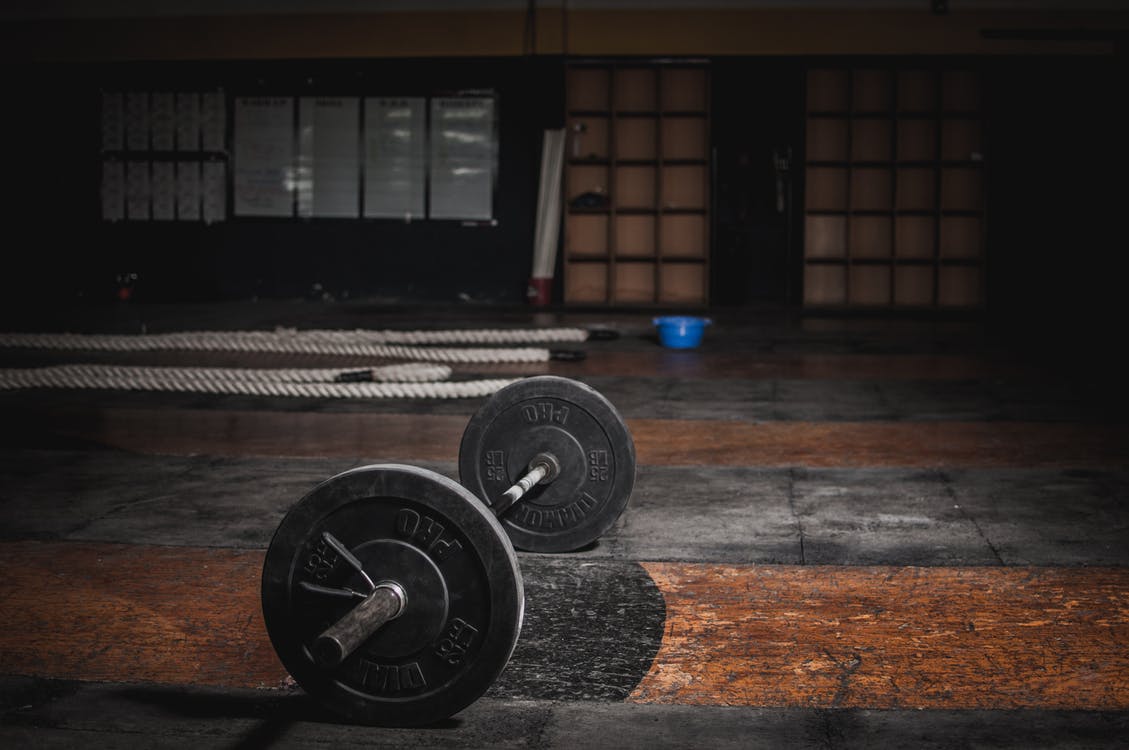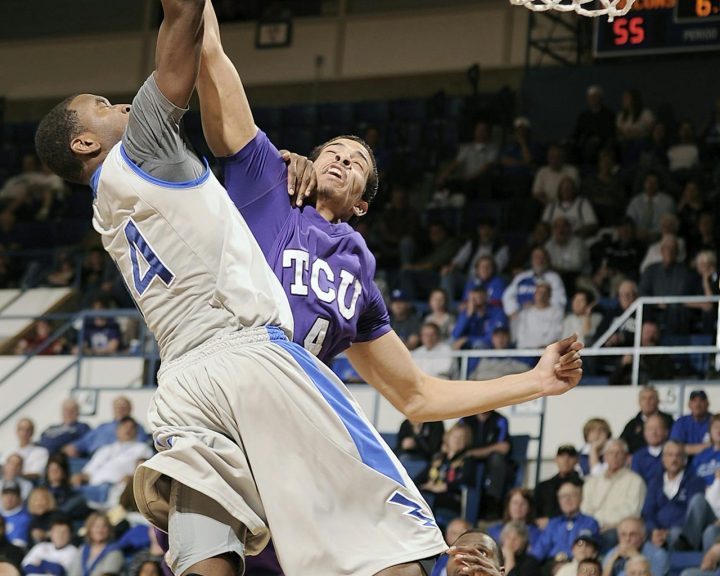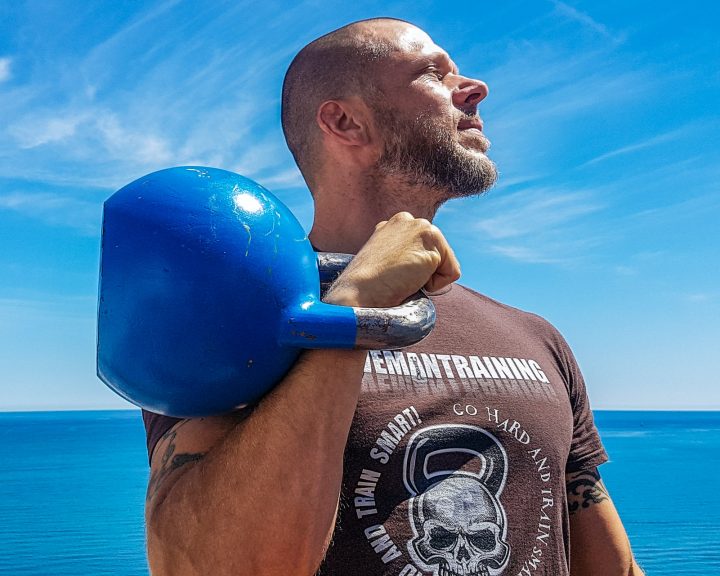The previous few posts (http://wp.me/p1XfMm-cV , http://wp.me/p1XfMm-cW , and http://wp.me/p1XfMm-d7) have had a lot about metabolic conditioning and especially the challenges that we face as coaches. This post is going to provide some thoughts on how to put together a metabolic conditioning program for an athlete. When we’re designing this, we need to consider the following:
- What is the purpose?
- What is the level of the athlete?
- What part of the season are we in?
- Is this in a team setting or an individual/small group setting?
- Can we integrate it into the rest of the athlete’s training?
What is the purpose?
This is an extremely important first step (one we don’t spend enough time on) that drives everything else. Why are we wanting to incorporate metabolic conditioning in the first place? For example; sport-specific conditioning, simply making the athlete resistant to fatigue, controlling their weight, and keeping their speed and agility at a high level at the end of a game are all very different goals and all can be approached very differently via a conditioning program.
General fitness, fatigue resistance, and weight control can be approached with many of the tools that we described in the last post. Situational or sport-specific fitness, on the other hand, is going to require very different tools and a different approach. So this is a really important first step!
What is the level of the athlete?
There are two contradictory points when considering the level of the athlete. First, elite athletes are going to need much more specific conditioning programs. At that level, success or failure can be determined by minutiae. Second, elite athletes have a greater training history than a lower level athlete. This means that they have access to a wider variety of tools and approaches than a lower level athlete, which goes back to our first consideration – why are we doing this in the first place?
What part of the season are we in?
Off-season and in-season training have different needs for an athlete. Off-season training is about developing the athlete’s sport fitness base. This means more general training, lots of variety, and higher volume. It also requires the coach to be careful in order to balance the training to prevent overuse injuries.
In-season training is going to be less frequent due to the other time demands. It may even be designed for maintenance if this is not a weakness of the athlete. It will be more sport-specific. For example, this would be a good place to incorporate sprints with sport work:rest intervals/distances/intensities or small sided games.
Is this in a team setting or an individual/small group setting?
This is a really important question. A one-on-one setting potentially allows for a lot more equipment to be used. Very few athletic programs have the budget to allow for an entire team to have access to each piece of equipment at the same time, so this is a realistic limiting factor on metabolic conditioning programs that many people don’t factor in.
In an individual setting I can take my time, use lots of equipment, and provide a lot of variety. In a team setting, I may incorporate a lot of bodyweight exercises, sprints, and small-sided games. The table below shows three examples depending upon the setting. As you can see, the individual setting workout allows for a great deal of variety in terms of equipment. The larger team setting really doesn’t unless you have a program with a huge budget, in that environment the team is exercising as a group (i.e. the whole team is performing jumping jacks, then sprinting, then squatting, etc.). The smaller team setting allows for an approach that is in-between, note that two examples are provided for the basketball team.
| Individual setting | Larger team setting (baseball team) | Smaller team setting (basketball team) |
Perform each exercise for 30 seconds, minimal rest between exercises:
Repeat three times
|
Perform each exercise for 30 seconds or twenty yards, minimal rest between exercises:
Repeat three times |
Perform each exercise for 30 seconds, minimal rest between exercises (each player starts at a different station):
Repeat three times, finish with suicides.
-Or-
2 vs 2 half-court game, each player must dribble the ball before scoring can be attempted. 5 minute quarters. |
Can we integrate it into the rest of the athlete’s training?
Athletes lift weights, they sprint, they do agility drills, they do plyometrics, they do mobility drills and core training, they perform prehab exercises, they practice for their sport, they travel, and they compete. At any normal time, there is a fine line between improving the athlete’s performance and causing injury due to overuse. With that in mind, below are some suggestions on how to do this:
- Determine the most important thing that the athlete is training for and plan for that first. Then build everything else around that. This keeps the planning process from being overwhelming and keeps you from missing something important.
- Training tools and approaches should complement, not compete. Training should be put together so that similar qualities are trained in a session. For example, if we’re working on max strength in the weight room – this would be a good day for plyos, short sprints, etc. as these are brief, all-out efforts. On the other hand, it would be a terrible day for metabolic conditioning or aerobic work.
- Training tools need to balance out the stress. If we’re doing a lot of heavy strength training, we probably don’t need to be doing a lot of kettlebells or sprints as part of conditioning due to the extra pounding. Bodyweight, suspension training, heavy ropes, etc. would all be appropriate in this circumstance.




